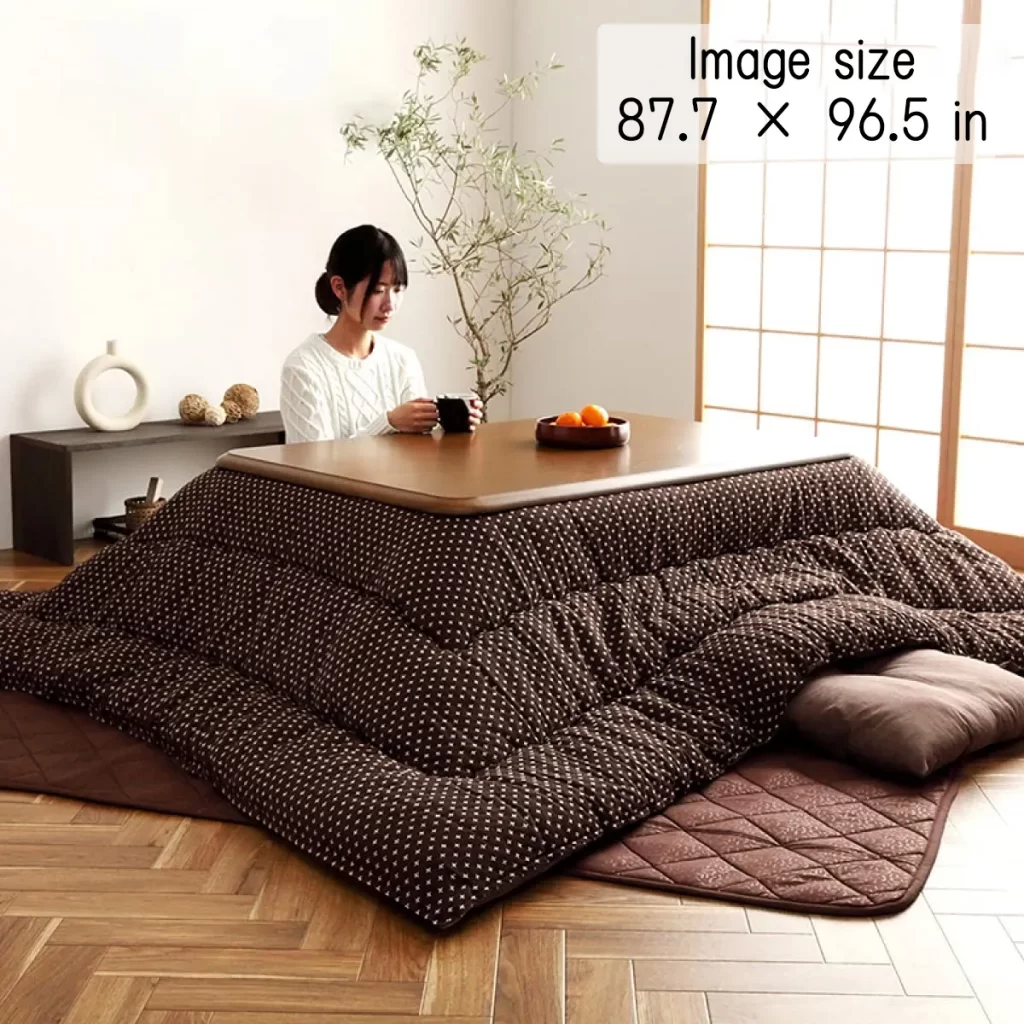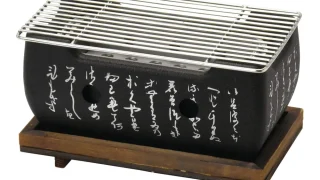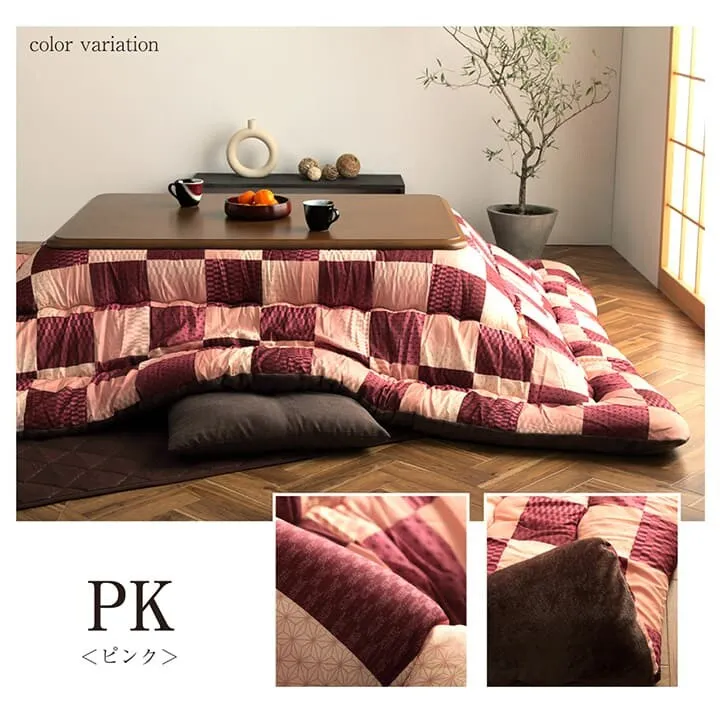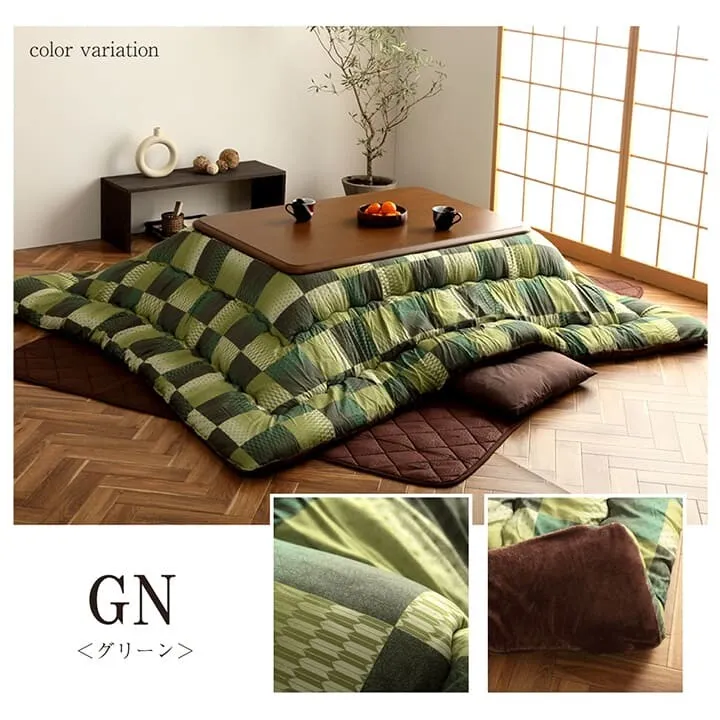Kotatsu Futon Blanket, a tradition of winter in Japan

In Japan, the Kotatsu Futon Blanket is something that people miss when the cold weather sets in. Kotatsu Futon Blanket mandarin oranges are said to be a winter tradition in Japan. The origin of Kotatsu Futon Blanket goes back to the Muromachi period and is said to have a long history of 500 years.
Contents
Kotatsu Futon Blanket is a heating appliance suitable for Japanese life
Why was Kotatsu Futon Blanket born in Japan in the first place? It was deeply related to the living environment in Japan. Japanese houses were designed to be airy. This is considered to be one of the countermeasures against summer heat, and in "Tsurezuregusa" written at the end of the Kamakura period, it is written that "it is good to make a house according to summer". The good ventilation that brings comfort in the summer brings the cold as a draft in the winter. Heating the entire room is inefficient because airtightness is poor. In addition, cold air tends to accumulate below, especially cooling the lower body. The style of sitting on the floor, which is unique to Japan, must have contributed to the chill in the lower half of the body. The kotatsu, which warms the lower body directly instead of the room, was a truly rational heating appliance.
The origin of the Kotatsu Futon Blanket is to put clothes over the hearth
The Kotatsu Futon Blanket of the Muromachi period used the hearth as a heat source. The charcoal that is about to disappear is covered with ashes, a table with legs is placed on top of the hearth, and a futon is placed over the charcoal. In the Edo period, the style changed to a turret built over the hearth and a futon covered. In addition, various other styles of Kotatsu Futon Blanket will be born. First, the hearth is placed below the floor, and a turret is placed at the height of the floor as a scaffolding. In addition, the kotatsu, which has a higher turret and is covered with a futon, was also invented. During the Edo period, it was called "Horigotatsu". It is said that the “horizontal kotatsu” that we imagine in modern times was called “kotatsu kotatsu” in the Edo period. At this time, the height of the scaffolding and the hearth are still the same. As a result, there were many burns and fires.
It is said that the kotatsu, which is made by digging the sunken hearth lower than the scaffolding, was invented by an Englishman in the Meiji era. Although this reduced the risk of burns and fires, it made it more difficult to replenish the charcoal and clean up the ash.
Electric kotatsu started to spread after the war
The birth of electric kotatsu, which is mainstream in modern times, was at the end of the Taisho era. However, it was after the war that it became popular. Demand seems to have decreased for a while, but various styles of kotatsu, such as rectangular type and one-person kotatsu, were born, and now it seems to be regaining popularity little by little.
Kotatsu Futon Blanket that continues to change with Japanese people
The Kotatsu Futon Blanket culture continues to live on while changing little by little with the lifestyle of the Japanese people. Stay warm this winter with Kotatsu Futon Blanket and mandarin oranges.
Author Profile
Latest entries
 Rice Bowl / Ramen Bowl2025年8月5日Snoopy Japanese Rice Bowl Set - Red Plum & Blue Pine Design - Made in Japan, Microwave & Dishwasher Safe
Rice Bowl / Ramen Bowl2025年8月5日Snoopy Japanese Rice Bowl Set - Red Plum & Blue Pine Design - Made in Japan, Microwave & Dishwasher Safe matcha bowl / Yunomi tea cup2025年1月21日Kutani ware teacups are very easy to use
matcha bowl / Yunomi tea cup2025年1月21日Kutani ware teacups are very easy to use Japanese style BBQ stove grill2025年1月20日Combine a Japanese style BBQ stove grill and sake cups for a special dinner
Japanese style BBQ stove grill2025年1月20日Combine a Japanese style BBQ stove grill and sake cups for a special dinner SAKE bottle and SAKE cup2025年1月17日Mino Ware Gold-painted Sake Ware is Very Beautiful
SAKE bottle and SAKE cup2025年1月17日Mino Ware Gold-painted Sake Ware is Very Beautiful




